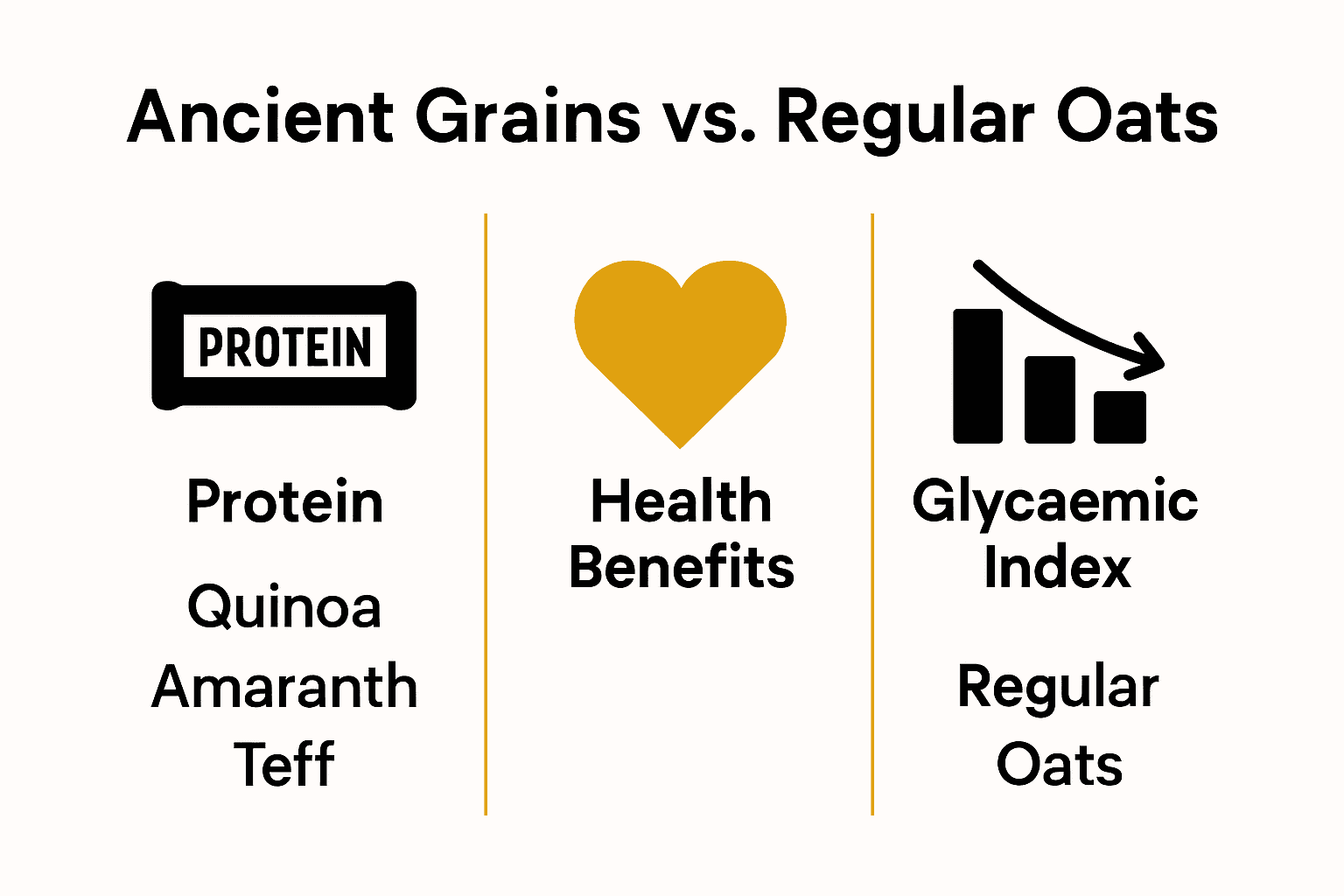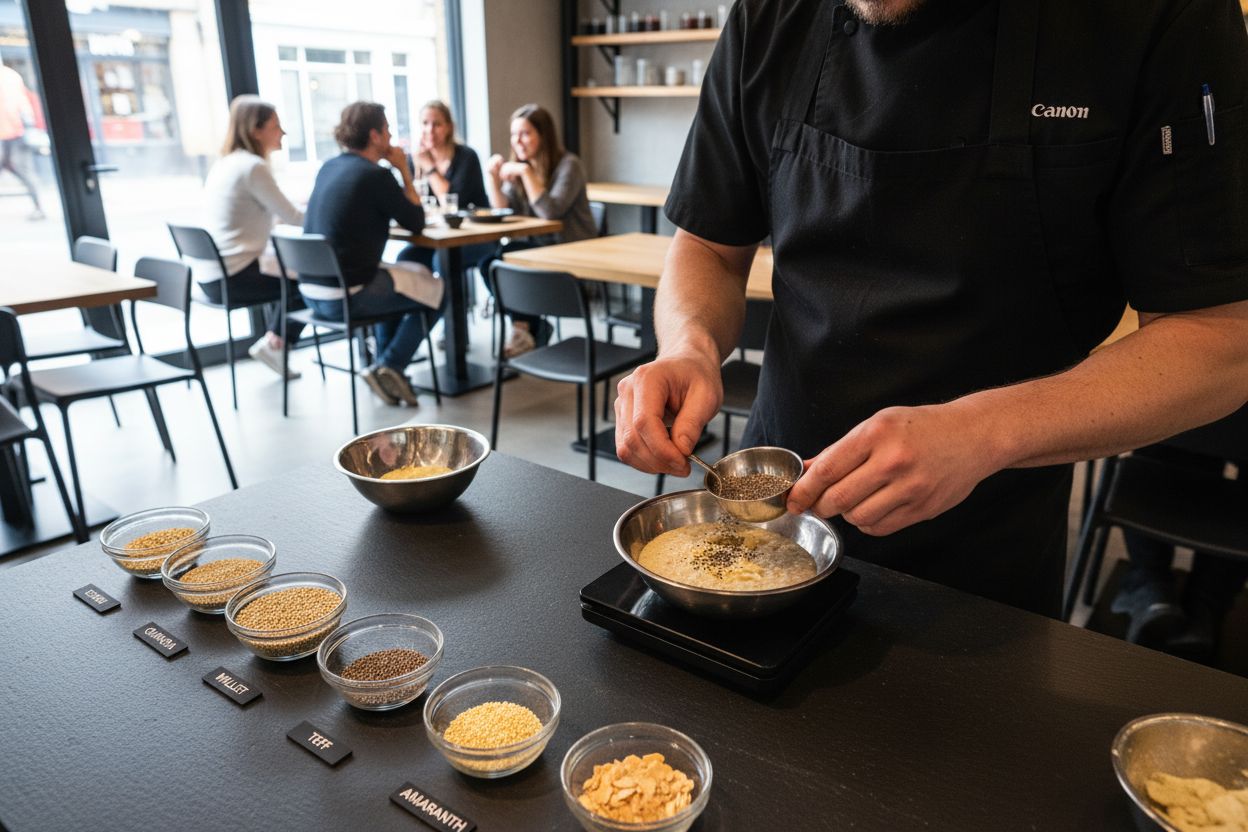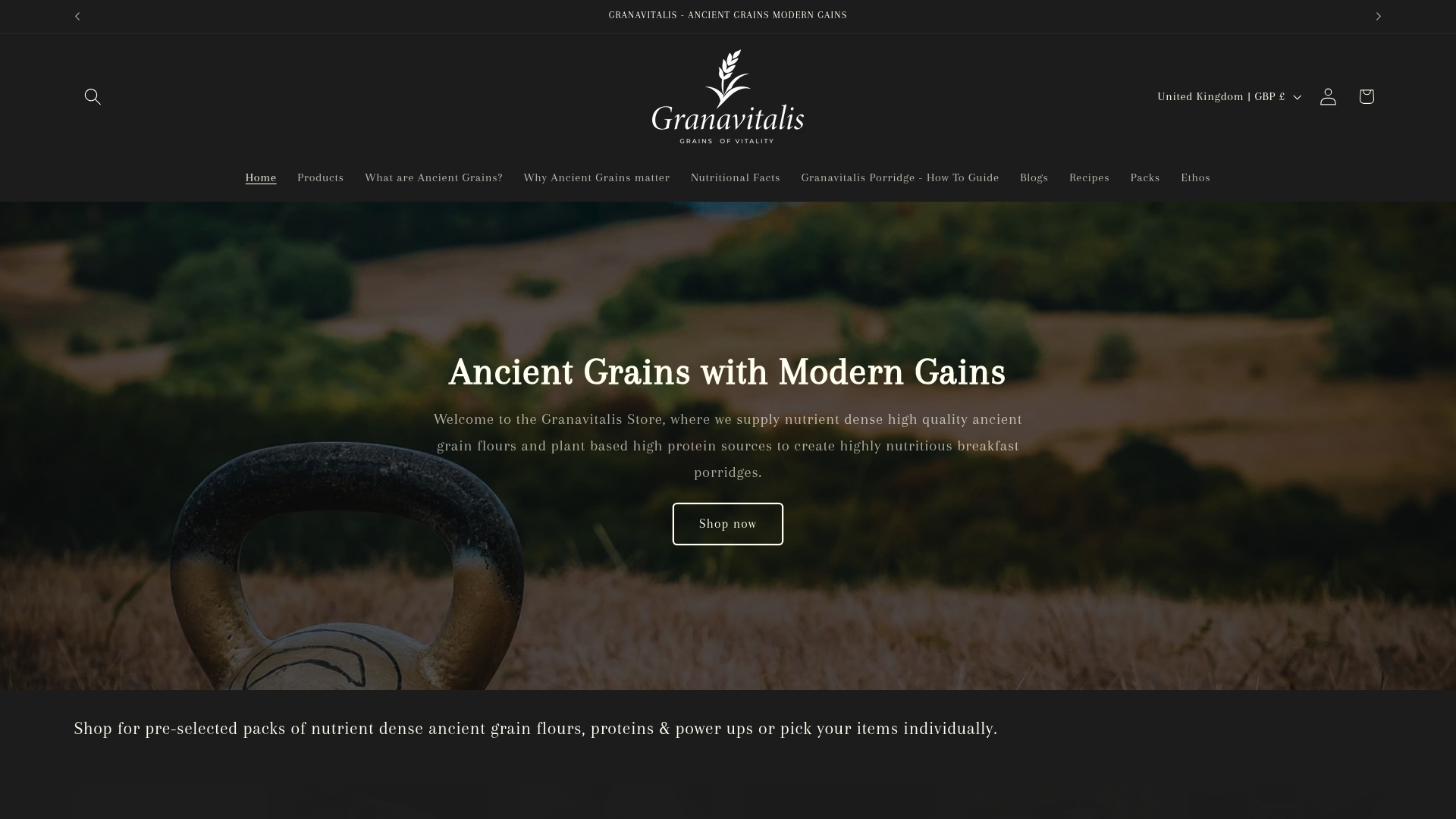
High Protein Porridge Guide: Complete UK Overview
Share
Did you know that some bowls of porridge now deliver as much as 25 grams of protein per serving? For anyone looking to stay full longer or support muscle health, this breakfast upgrade is making waves. By choosing smarter grains and adding natural protein sources, high protein porridge transforms a simple morning meal into a smart step toward better nutrition. Discover the easy ways to get more from your breakfast without sacrificing taste or simplicity.
Key Takeaways
| Point | Details |
|---|---|
| High Protein Benefits | High protein porridge boosts nutritional value, aiding muscle recovery and providing sustained energy with 15-25 grams of protein per serving. |
| Ancient Grains Advantage | Incorporating ancient grains like quinoa and amaranth enhances protein, fiber, and essential nutrients, while supporting blood sugar control and overall wellness. |
| Plant-Based Proteins | Adding plant-based protein sources such as nuts and seeds increases nutritional diversity and supports health, making porridge a versatile meal option. |
| Avoid Common Mistakes | Careful ingredient selection and preparation is key to maximizing health benefits; avoid overcooking grains and prioritize quality and variety in protein sources. |
Table of Contents
- What Is High Protein Porridge?
- Choosing Ancient Grains For Porridge
- Top Plant-Based Protein Additions
- Balancing Nutrition For Health Benefits
- Common Mistakes And How To Avoid Them
What Is High Protein Porridge?
High protein porridge represents a nutritional powerhouse designed to transform your breakfast from a simple meal into a strategic health intervention. Unlike traditional porridge, this enhanced version deliberately increases protein content through smart ingredient selection, aiming to support muscle recovery, sustained energy, and overall nutritional balance.
According to North Bristol NHS Trust, high protein porridge can be achieved through multiple techniques: using milk instead of water, incorporating protein boosters like milk powder, mixing in nuts or legumes, or selecting specialised protein-enriched ingredients. These methods significantly elevate the porridge’s nutritional profile, supporting critical bodily functions such as muscle repair and immune system maintenance.
Key characteristics of high protein porridge include:
- Protein content ranging from 15-25 grams per serving
- Enhanced with natural protein sources like seeds, nuts, and legumes
- Often prepared using protein-rich liquids such as fortified milk
- Designed to provide sustained energy and promote satiety
For those seeking a comprehensive guide to protein-packed porridge, understanding these foundational principles can help transform your morning meal into a powerful nutritional strategy. Whether you are an athlete, recovering from illness, or simply seeking a more nutritious breakfast, high protein porridge offers a delicious and effective solution.
Choosing Ancient Grains for Porridge
Ancient grains are not just a trendy nutrition concept but a return to our nutritional roots, offering a powerful alternative to modern processed grains. These nutrient-dense ingredients transform porridge from a simple breakfast into a comprehensive health strategy, delivering complex nutrition that supports overall wellness.
According to Healthline, ancient grains like quinoa, millet, teff, amaranth, freekeh, and farro are nutritional powerhouses. These grains are exceptionally rich in protein, fibre, and critical micronutrients, with a lower glycaemic index that supports blood sugar control and heart health - making them ideal porridge foundations.
Key benefits of incorporating ancient grains into your porridge include:
Here is a summary of popular ancient grains used in porridge, highlighting their nutritional benefits:
| Grain | Protein Content (per 100g) | Key Nutrients | Additional Benefits |
|---|---|---|---|
| Quinoa | 14g | Iron Magnesium B vitamins |
Complete protein Gluten-free |
| Millet | 11g | Magnesium Phosphorus Zinc |
Easily digestible Low GI |
| Amaranth | 13g | Calcium Iron Lysine |
Anti-inflammatory Rich in fibre |
| Teff | 13g | Calcium Iron Vitamin C |
Resistant starch Supports gut |
| Freekeh | 12g | Zinc Fibre Magnesium |
Prebiotic fibre Heart-friendly |
| Farro | 12g | B vitamins Fibre Iron |
High in antioxidants Filling |
- Higher protein content compared to traditional grains
- Lower glycaemic index for sustained energy
- Rich source of essential vitamins and minerals
- Improved digestive health through increased dietary fibre
- Natural anti-inflammatory properties

Scientific research further validates these benefits. A comprehensive review revealed that grains like sorghum, amaranth, chia, and teff provide high-quality proteins, including lysine, along with resistant starch and dietary fibres. By understanding how to incorporate these ancient grains naturally, you can create porridge that not only tastes exceptional but supports your body’s complex nutritional needs.

Top Plant-Based Protein Additions
Plant-based protein is a game-changing approach to elevating your porridge’s nutritional profile, offering a versatile and health-conscious alternative to traditional protein sources. These powerhouse ingredients not only boost protein content but also introduce a rich array of additional nutrients that support overall wellness.
According to North Bristol NHS Trust, plant-based protein boosters like nuts, lentils, beans, tofu, and soya products are excellent ways to increase protein intake and provide essential amino acids. These ingredients contribute significantly to muscle support and immune system function, making them ideal additions to your morning porridge.
Key plant-based protein additions to consider include:
- Ground almonds and nut mixes
- Chia and hemp seeds
- Lentils and beans
- Tofu and soya-based products
- Plant-based protein powders
- Nutritional yeast
Milton Keynes University Hospital further recommends creative protein-boosting strategies, such as topping porridge with high-protein yoghurts like Skyr or using fortified milk powders. By exploring top vegan sources of protein, you can transform your porridge into a nutritional powerhouse that supports your health goals while delighting your taste buds.
Balancing Nutrition for Health Benefits
Nutritional balance transforms porridge from a simple meal into a comprehensive wellness strategy, carefully combining macronutrients and micronutrients to support overall health. The art of creating a perfectly balanced porridge goes beyond just adding protein - it’s about crafting a meal that nourishes every aspect of your body’s complex nutritional needs.
According to Common Grains, ancient grains provide an exceptional foundation for balanced nutrition. These grains offer a complete nutritional profile, including complex carbohydrates, proteins with essential amino acids, heart-healthy fats, and a rich array of micronutrients like B vitamins, iron, zinc, magnesium, and folate. This comprehensive nutritional approach supports critical bodily functions including digestion, blood sugar control, and cardiovascular health.
Key elements of a nutritionally balanced porridge include:
- Balanced macronutrient ratios
- Diverse micronutrient profile
- Low glycaemic index ingredients
- Combination of plant and protein sources
- Inclusion of healthy fats
- Varied texture and nutrient density
Milletism further emphasizes the holistic benefits of grain selection, highlighting how ancient grains support digestive health through high fibre content, help regulate blood sugar due to their low glycaemic index, and promote heart health via essential minerals and antioxidants. By exploring foods high in fiber and protein, you can design a porridge that not only satisfies hunger but actively contributes to your long-term health and wellness goals.
Common Mistakes and How to Avoid Them
High protein porridge preparation is an art that requires careful attention to detail. Many well-intentioned individuals unknowingly compromise their nutritional goals by making simple yet significant errors that can dramatically reduce the meal’s overall health benefits and enjoyment.
One of the most common mistakes is oversimplifying protein addition. Home cooks often mistakenly dump protein powder or random ingredients without considering how they interact with the base grains. This approach can lead to unpleasant textures, reduced nutrient absorption, and an unappetizing eating experience that discourages continued healthy eating habits.
Key mistakes to watch out for include:
- Using low-quality or processed protein sources
- Overcooking grains, which destroys nutritional value
- Ignoring macronutrient balance
- Adding sugar unnecessarily
- Not varying protein sources
- Skipping ingredient compatibility checks
Another critical error is neglecting ingredient quality and diversity. Understanding how to incorporate these ancient grains naturally can help you avoid monotonous meals and ensure you’re getting a wide spectrum of nutrients. The goal is creating a porridge that’s not just nutritionally dense, but genuinely enjoyable - transforming breakfast from a mundane task into a delicious, health-promoting ritual.
Upgrade Your Morning and Nourish Your Potential
If you are tired of porridge that leaves you hungry before midday or worried about missing that all-important balance of ancient grains and plant-based protein, you are not alone. The article highlighted how so many UK breakfasts still fall short—lacking fibre, quality protein, and the deep nourishment our bodies truly need each day. At Granavitalis, we share your belief that a strong start matters. With our focus on ancient grains and high-protein blends, we give you every tool to create high protein porridge that tastes rich and truly supports your well-being. For those wanting the easiest option, experience the difference with our Metabolic Advantage Pack or discover clean, potent choices in our Vegan Protein Powders range.

Choose your best breakfast today and feel the positive shift. Visit Granavitalis now to explore wholesome solutions that bring ancient nourishment and modern health together. Better energy, better habits, and a better morning all begin with one bowl—make yours count.
Frequently Asked Questions
What ingredients can I use to increase the protein content of my porridge?
You can enhance the protein content of your porridge by using milk instead of water, incorporating protein boosters like milk powder, adding nuts, seeds, legumes, or using protein-enriched grains such as quinoa or amaranth.
How do ancient grains improve the nutritional profile of porridge?
Ancient grains are nutrient-dense and rich in protein, fiber, and essential micronutrients. Their lower glycaemic index also helps with sustained energy release and supports heart health, making them an ideal base for porridge.
What are some common plant-based protein additions for porridge?
You can include ground almonds, chia seeds, hemp seeds, lentils, beans, tofu, and plant-based protein powders to boost the protein content of your porridge while also adding essential amino acids and other nutrients.
How can I ensure my high protein porridge is nutritionally balanced?
To achieve a balanced high protein porridge, combine your protein sources with carbohydrates from ancient grains, incorporate healthy fats, ensure a diverse micronutrient profile, and aim for low glycaemic index ingredients.
